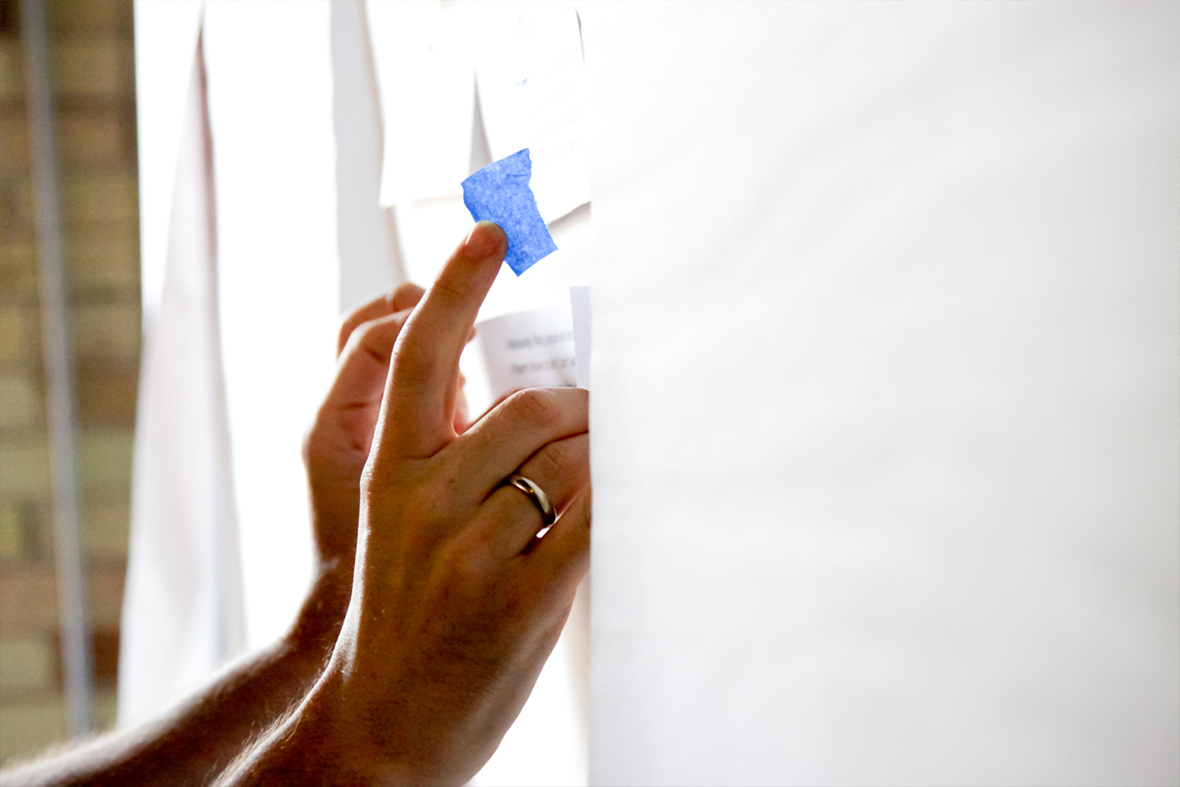Recently, biases have become a focal point in economics, thanks in part to books like Thinking, Fast and Slow by Daniel Kahneman. These concepts from psychology have started to make noise in other domains, including design.
I personally find biases both fascinating and powerful. Because we design interfaces for human interaction, our designs and processes are likely subject to some biases.

A Few Interesting Biases
Psychology has given us a long list of cognitive biases. Here are a few of the ones I find most interesting:
Anchoring
This bias occurs when someone relies too heavily on one trait or piece of information while forming an opinion. Usually, the “anchor” is the first piece of information acquired on that subject.
Availability heuristic
We see this tendency when a decision-maker overestimates the likelihood of events that are more prominent or more “available” in memory. It can be influenced by how recent the memories are or how unusual or emotionally charged they may be.
Framing effect
The framing effect occurs when a decision-maker reaches different conclusions from another observer using the same information. It may depend on how that information is presented.
Design Scenarios with Common Cognitive Biases
Being aware of unintended biases can play to your advantage or disadvantage in design. Imagine the following scenarios:
New feature proposal
Imagine that a designer is trying to propose a new feature, but presents concepts in higher fidelity than necessary. This can cause the client to be more focused on the visual design aspects of the solution and to expect the final and sequential visual designs to have the same look and feel as the original. That can lead to unnecessary challenges down the road.
If the designer presents those ideas in sketches instead, it’s more likely that the stakeholder will focus on the functionality of the feature, not the design. Making the stakeholder’s decisions easier is a win for everyone.
User testing
Bias can also show up in user testing. Let’s say you have a quick prototype that you want to test. You run out to the local coffee shop looking for your target user to interact with your prototype. You may subconsciously choose to interact with people who are similar to you, which could cause a bias to creep into your designs. If this happens, you may make assumptions based on the information you gather and inappropriately apply them to the project, leading to a misalignment between design choices and the value to the target user.
Now that you have an idea of what to look out for, keep an eye out for potential influences that could make a negative impact on your product. Document these potential biases along with your assumptions when user testing.
Calls to action
On the flip side, designers can and do use biases for their benefit. For instance, we may influence a user’s choice by making the primary call to action visually stronger than the secondary action. By making one action stand out, we can help reduce the cognitive load, and prevent the user from making a less-than-ideal choice. Visual design decisions like this can influence behavior as much as biases like anchoring.
Preventing Poor Design Decisions
As much as many designers would like to take a more scientific approach to our work, we often find ourselves at the mercy of a design budget. Being aware of biases in our stakeholder discussions, processes, and visual design choices can help us make and implement smart design decisions.


Thinking Fast and Slow is also one of the books that a lot of testers have been reading ( I have) and recommending so that they are aware of biases in their work, interesting to read how designers are using it as well.